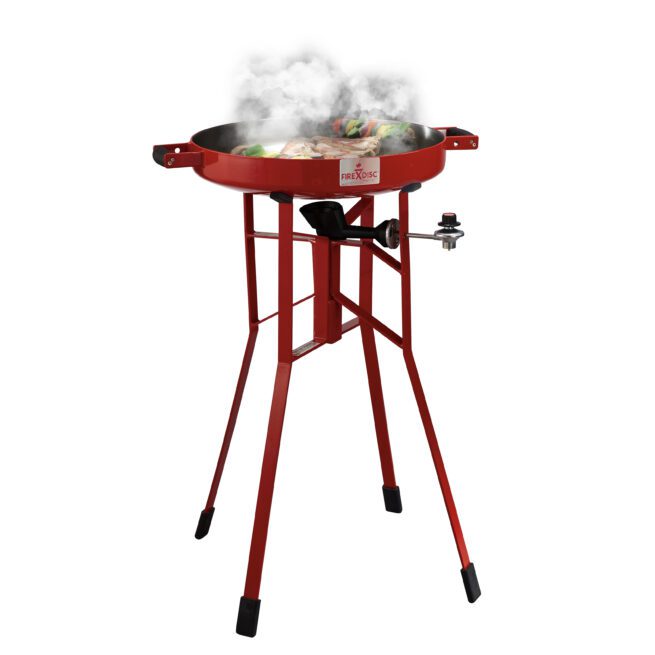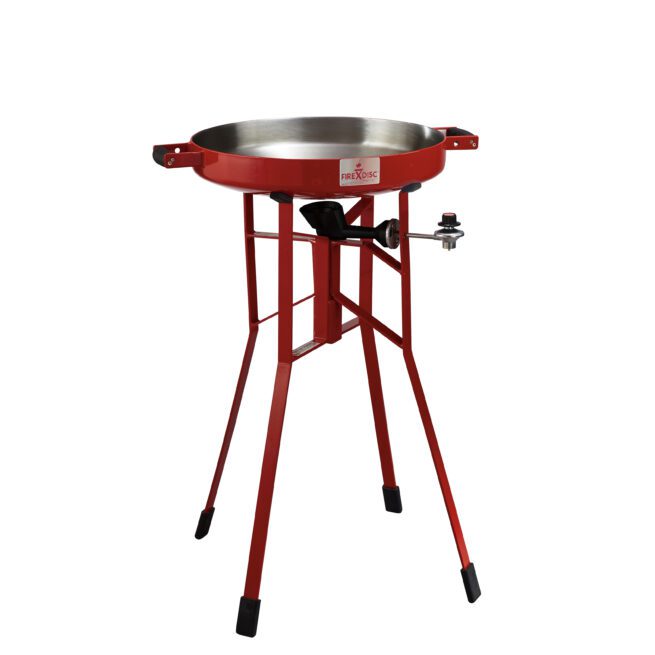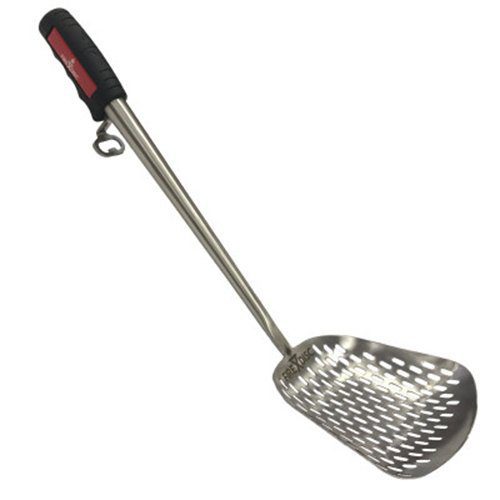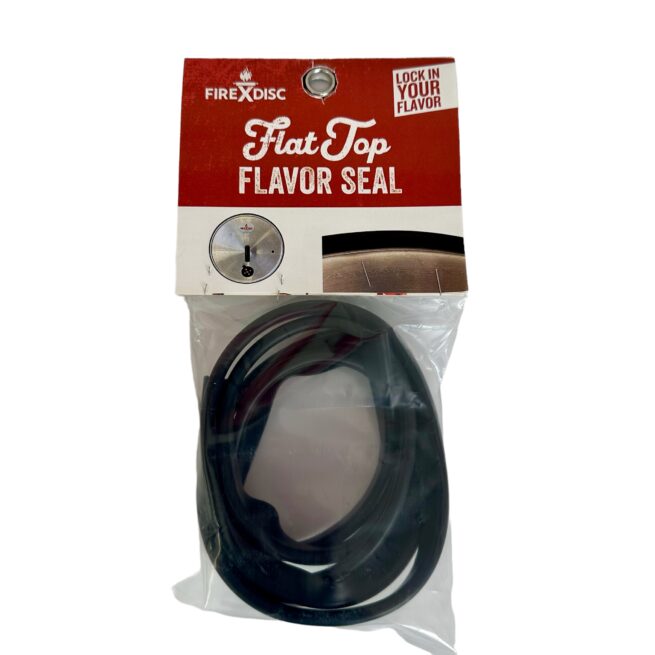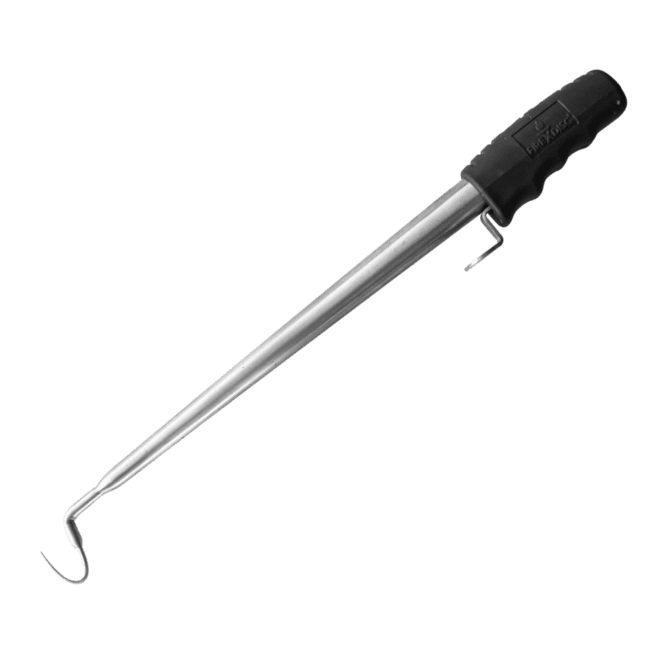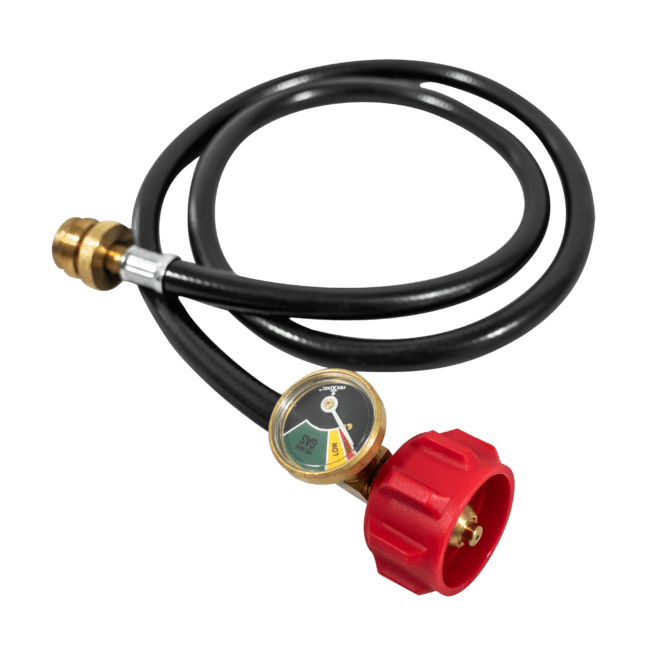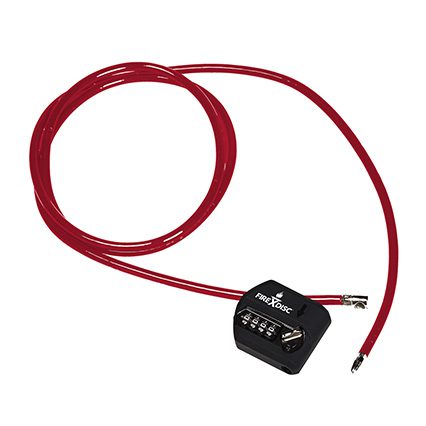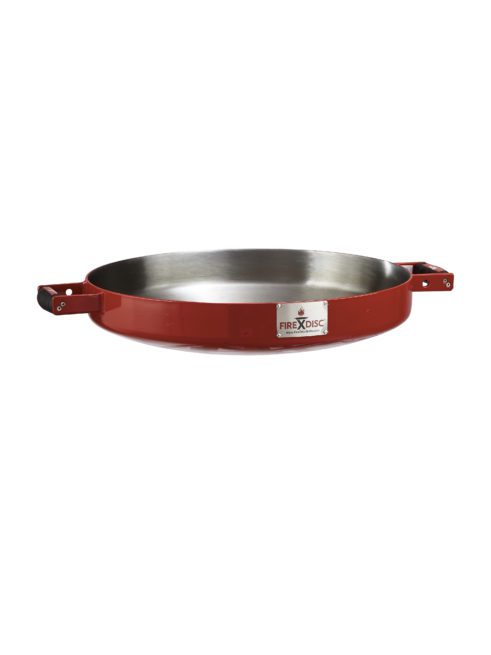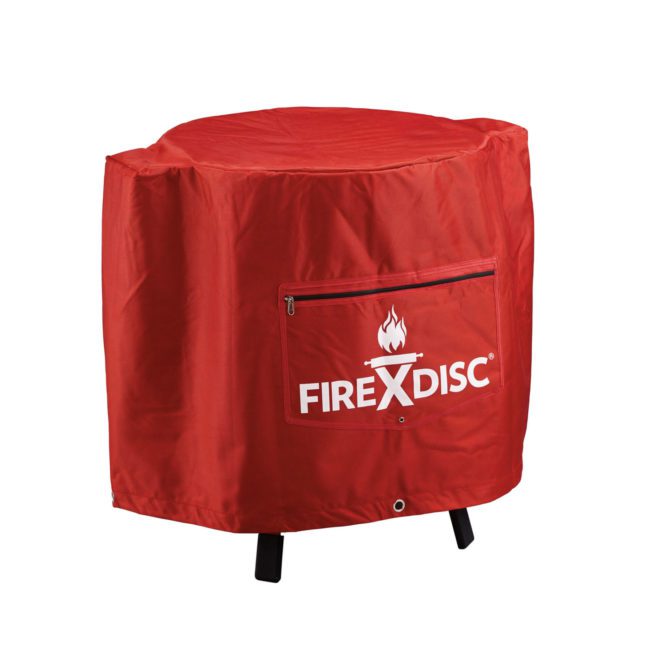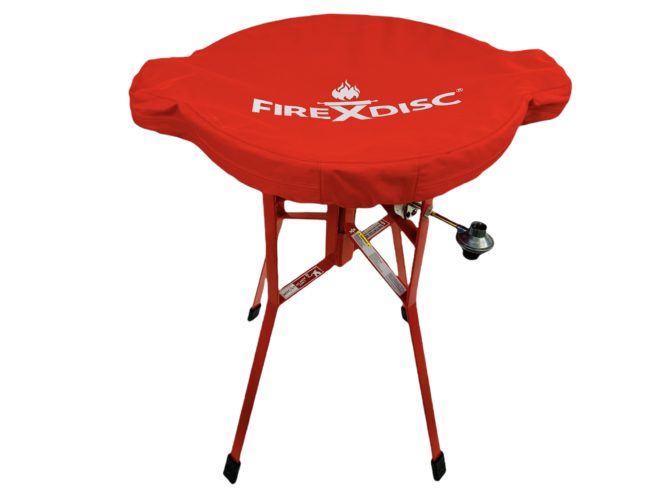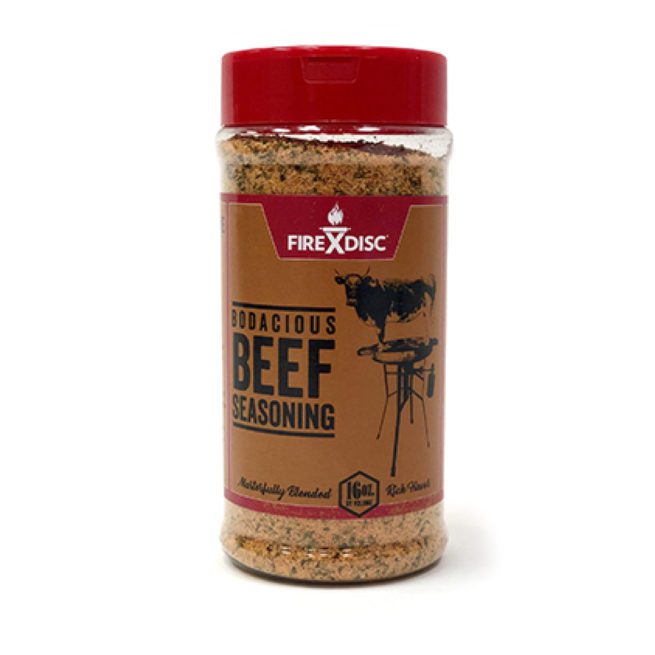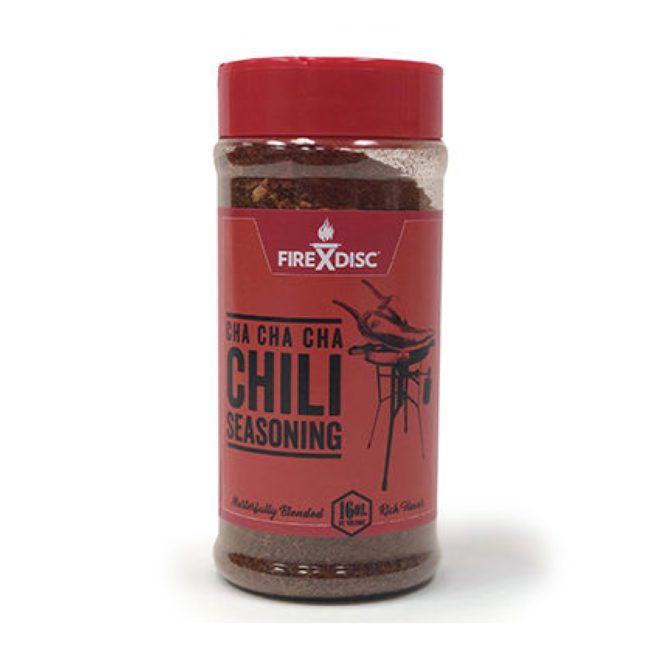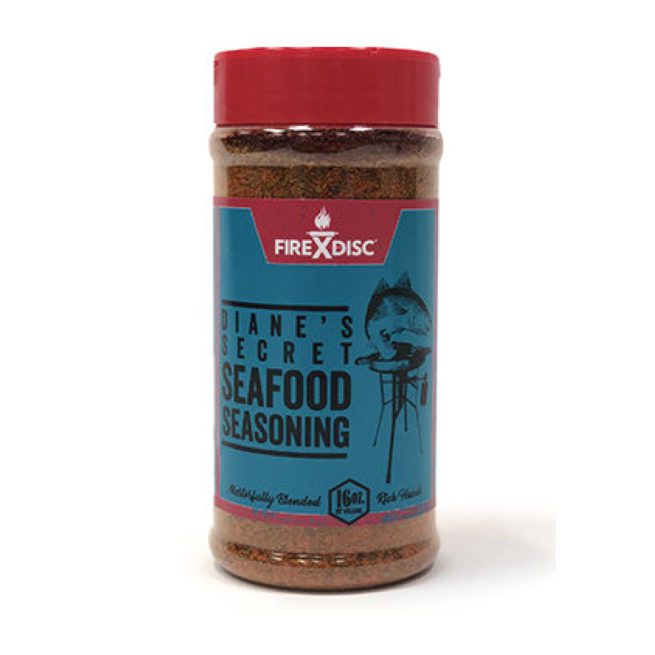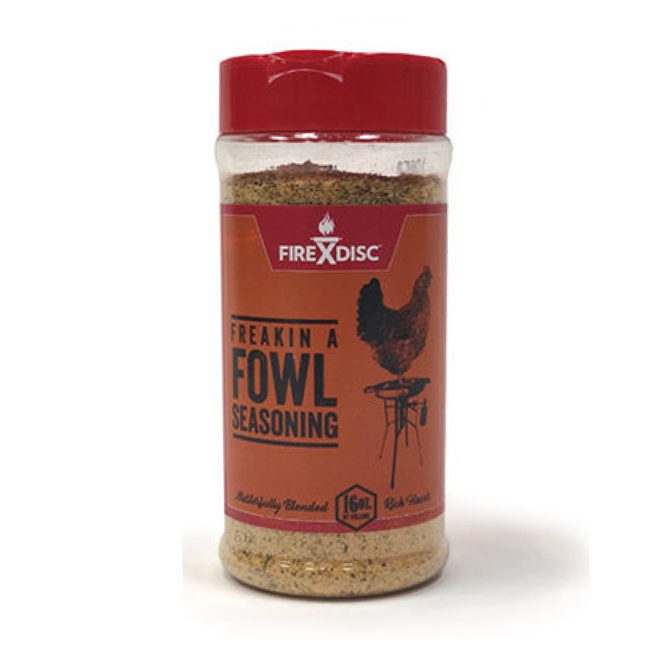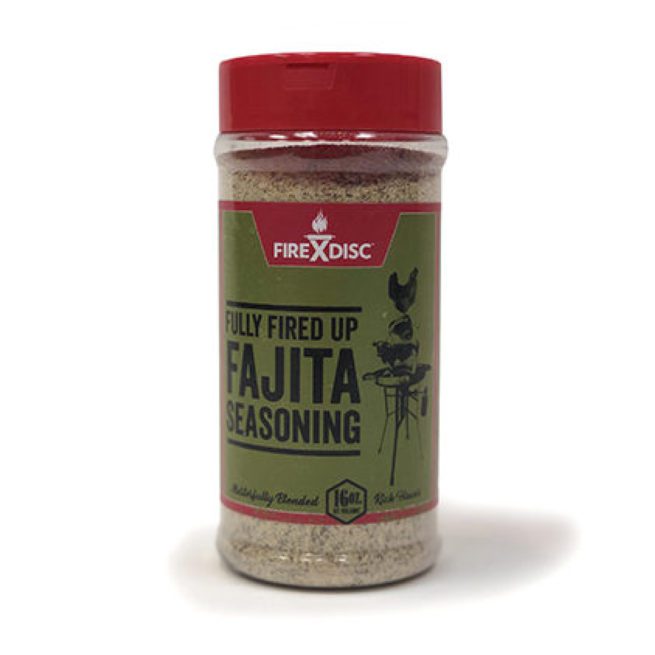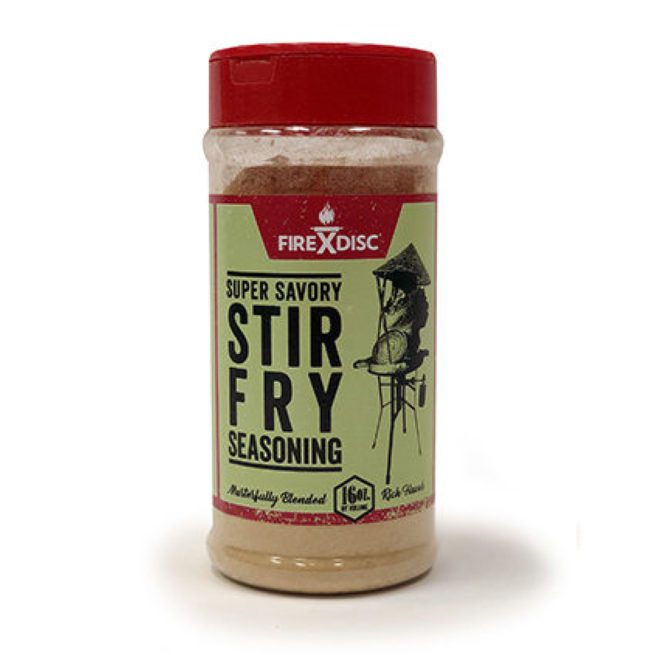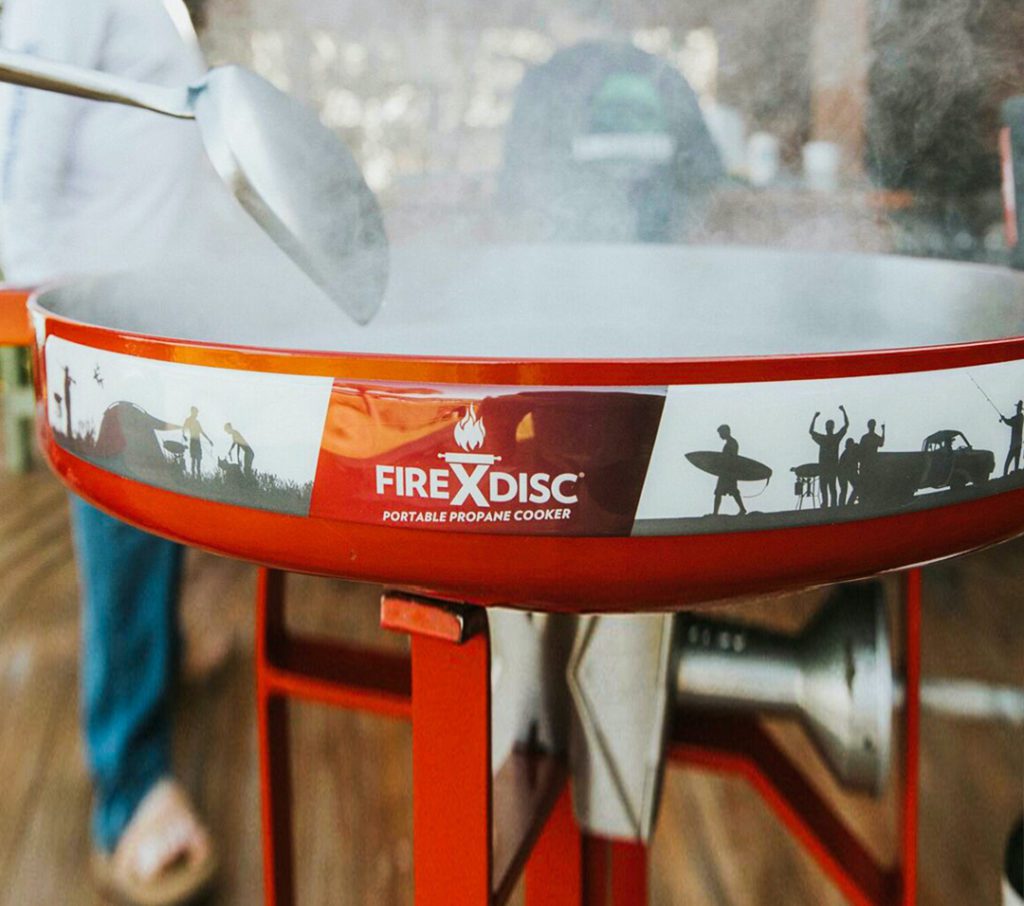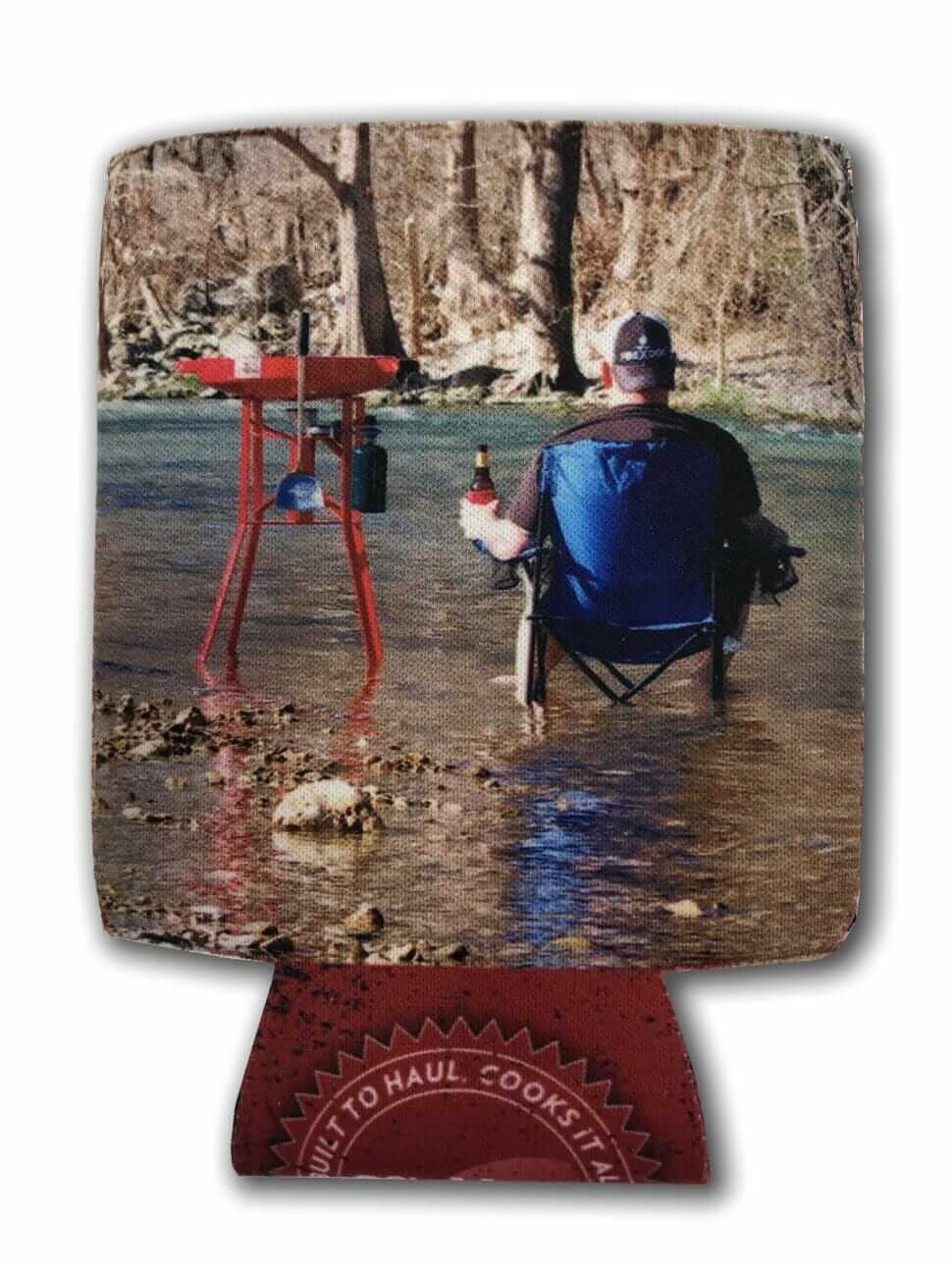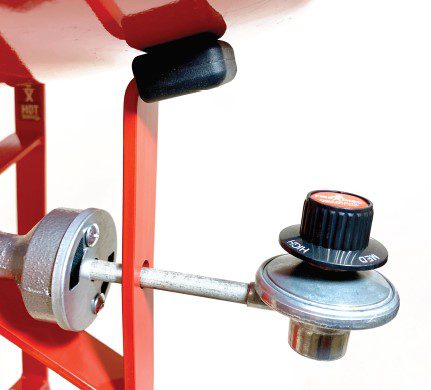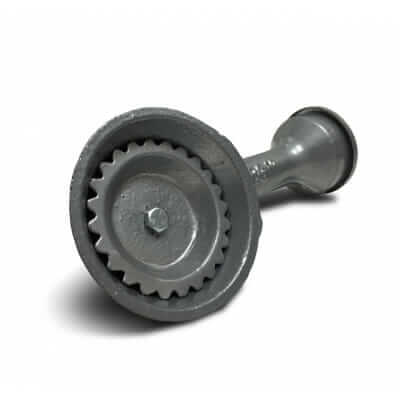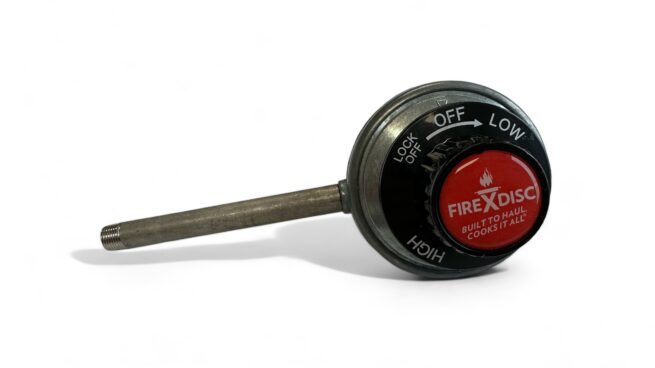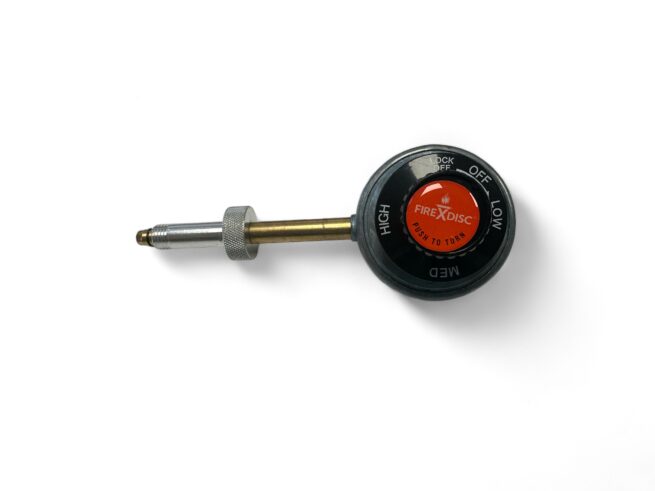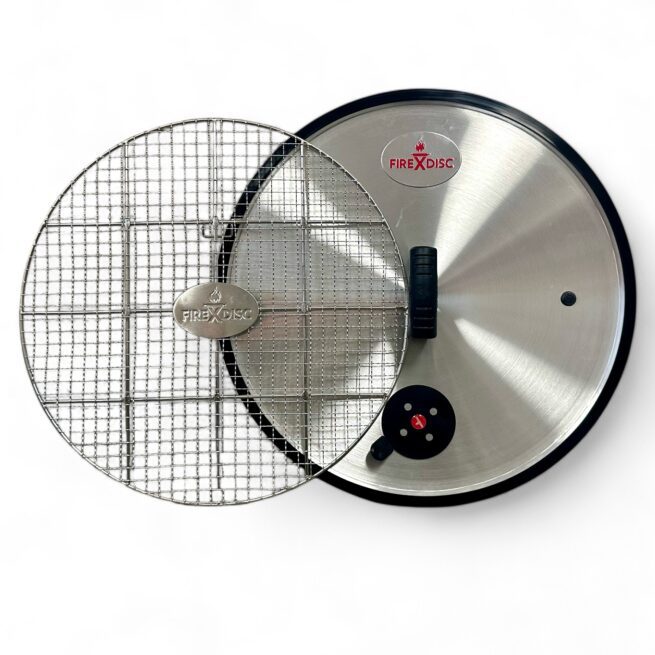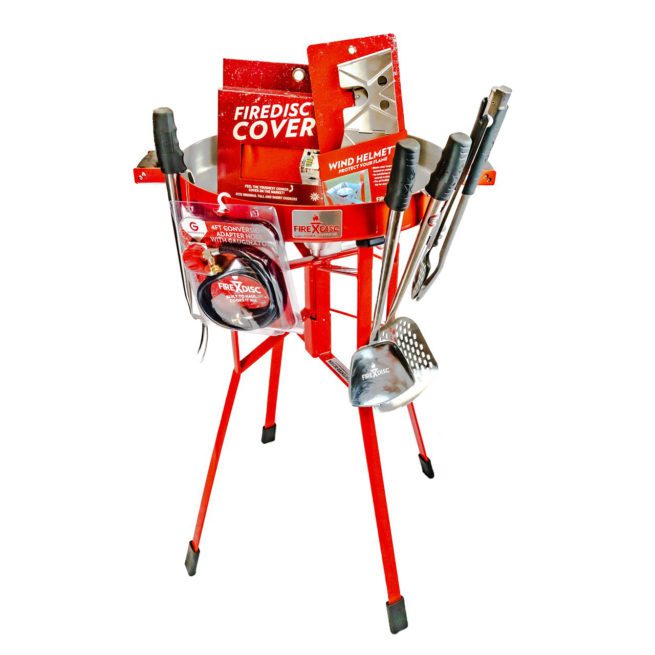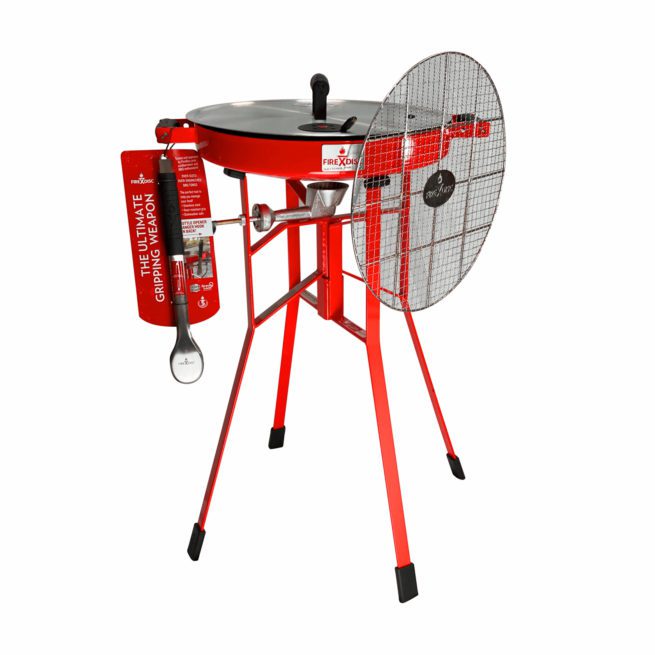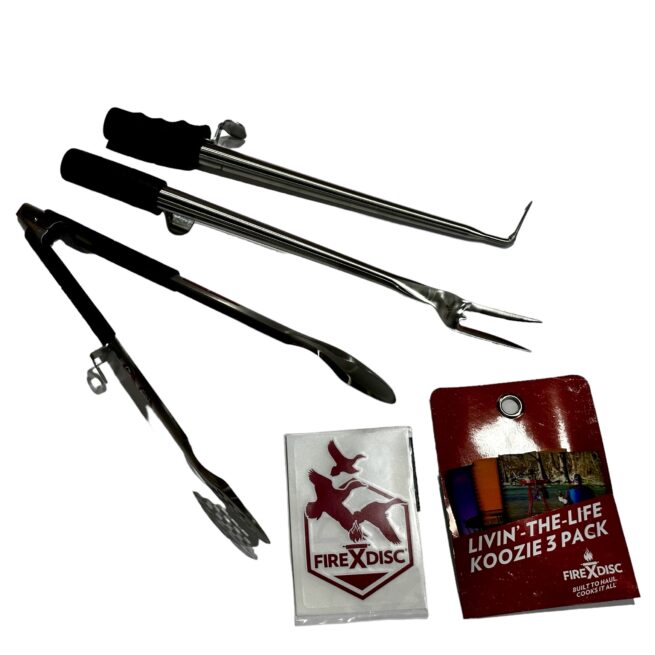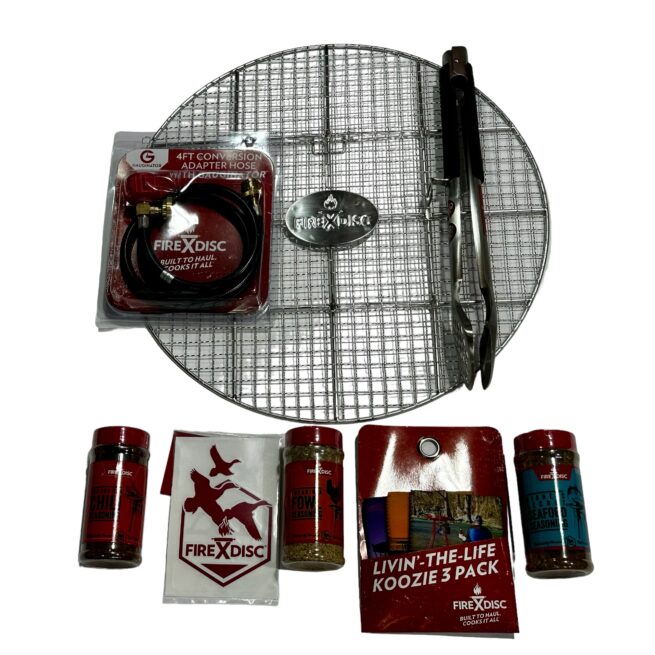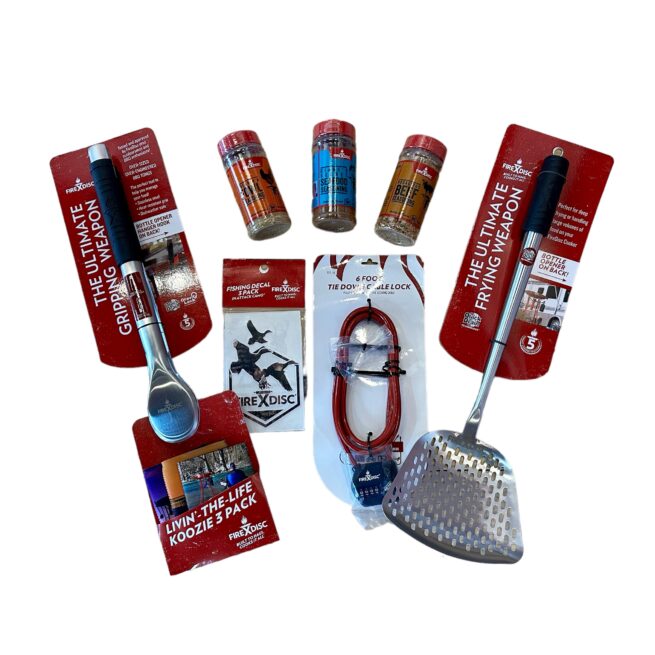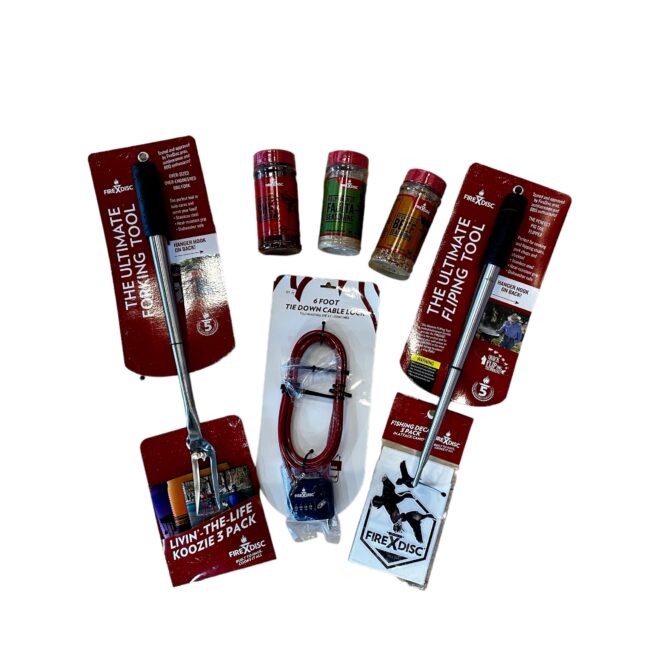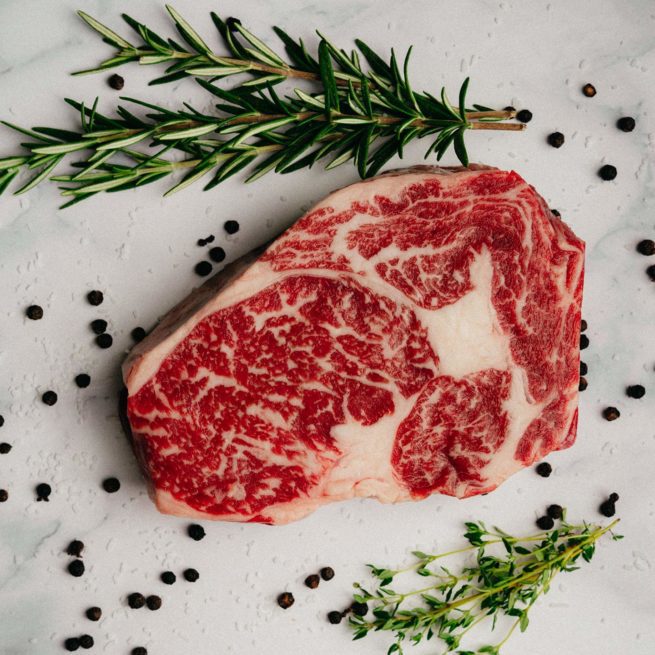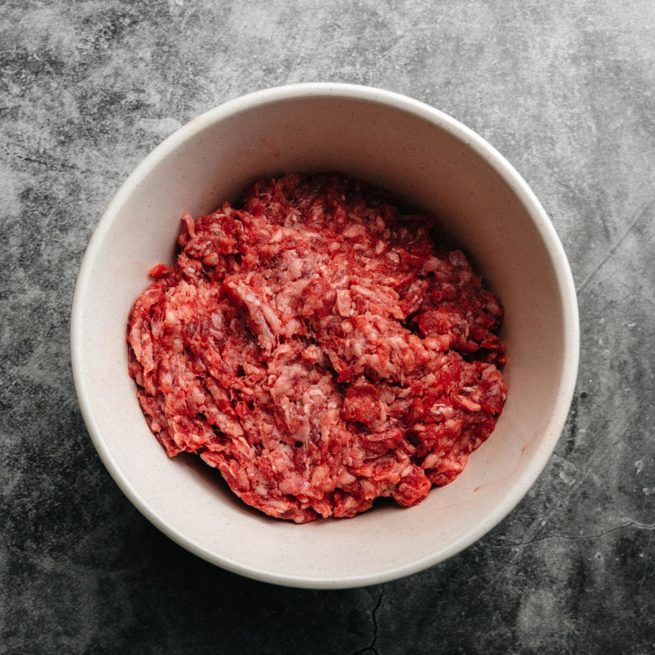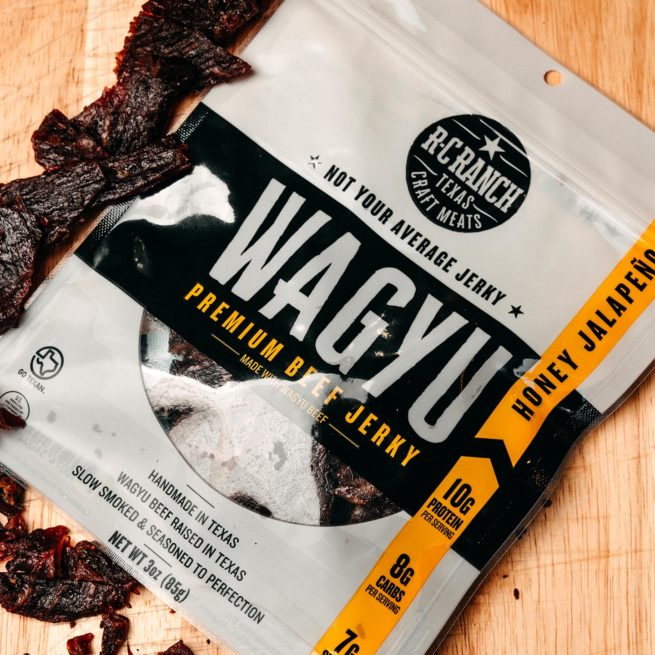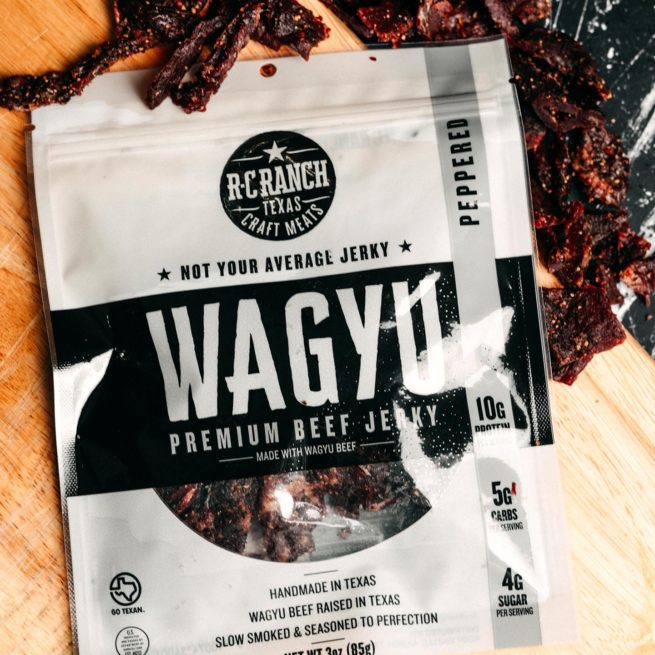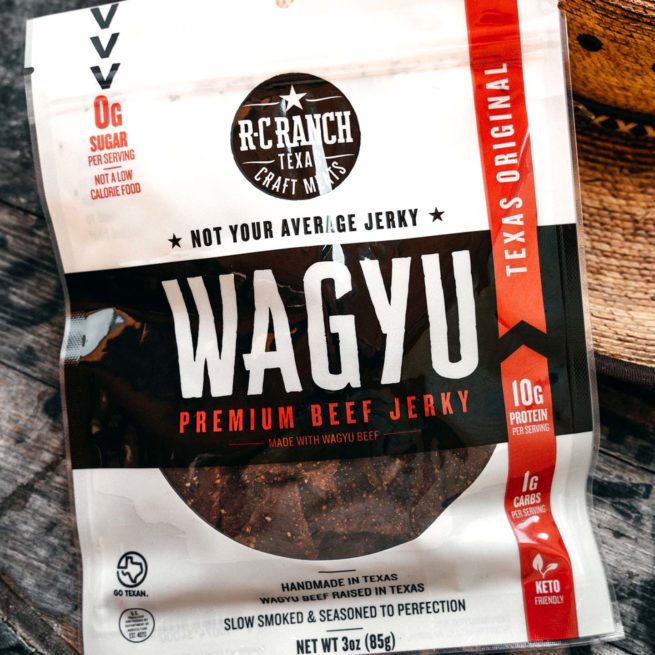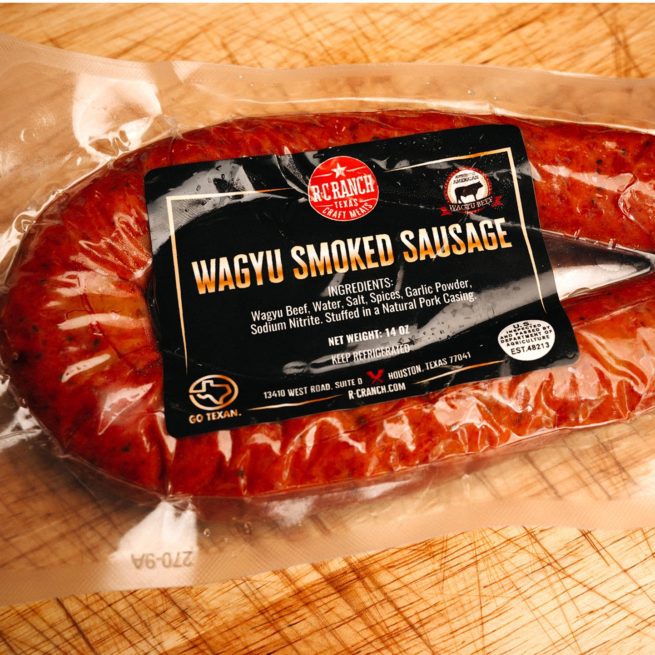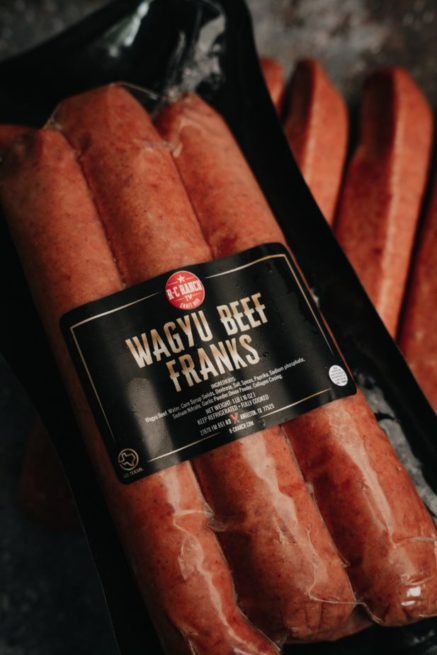You have to be safe when cooking meats. Once more, with meaning: YOU HAVE TO BE SAFE WHEN COOKING MEATS. (We don’t use all caps very often.)
If this becomes routine, it’s no big deal.
Follow these four easy steps to responsible cooking. And enjoy all the chicken, beef, pork, and seafood your FIREDISC® cooker can handle. Hint: It’s a lot.
-
Come clean
Germs that induce food poisoning can survive on many surfaces. You can spread them around if you’re not careful.
- Wash hands and surfaces after exposure to raw or undercooked food.
- Clean counters and utensils with hot, soapy water before and after use.
- Rinse fresh fruits and vegetables under running water.
-
Don’t cross-contaminate
Raw eggs meat, poultry, and seafood can distribute germs to ready-to-eat foods. Like the song by The Offspring says, you gotta keep ‘em separated.
- Use a different set of cutting boards and plates for meat than you do for anything else.
- At the grocery store, keep meats and their juices away from everything else in your cart and bags.
- In the fridge, keep them separate, too. Always, all the time.
-
Get up to temperature
The internal temperature must meet a minimum to kill germs. In many cases, you’ll need a food thermometer.
- For beef, lamb, veal, pork (and raw ham): 145°F (allow the meat to rest 3 minutes before carving or eating)
- Fish with fins: 145°F (flesh must be opaque.)
- Ground meats (beef and pork): 160°F
- Poultry (including ground chicken and turkey): 165°F
- Leftovers: 165°F
-
Be quick to chill it
Bacteria can multiply in a hurry. At room temperature, it can reach dangerous levels for growth at 40°F to 140°F.
- Set fridge to 40°F or lower, and freezer to 0°F or lower. Check this site for a guideline for tossing out food.
- Divide warm food into clean, shallow containers. They’ll chill faster.
- Refrigerate perishables within 2 hours. If it’s been in high heat (90°F, if your car, at the cookout), refrigerate within an hour.
- Thaw foods in the microwave or fridge, never on the countertop. Bacteria reproduce quickly at room temperature.
Note: These tips came from the Center for Disease Control. We made them sound cool for FIREDISC® Nation.
